Forest and Timber Management
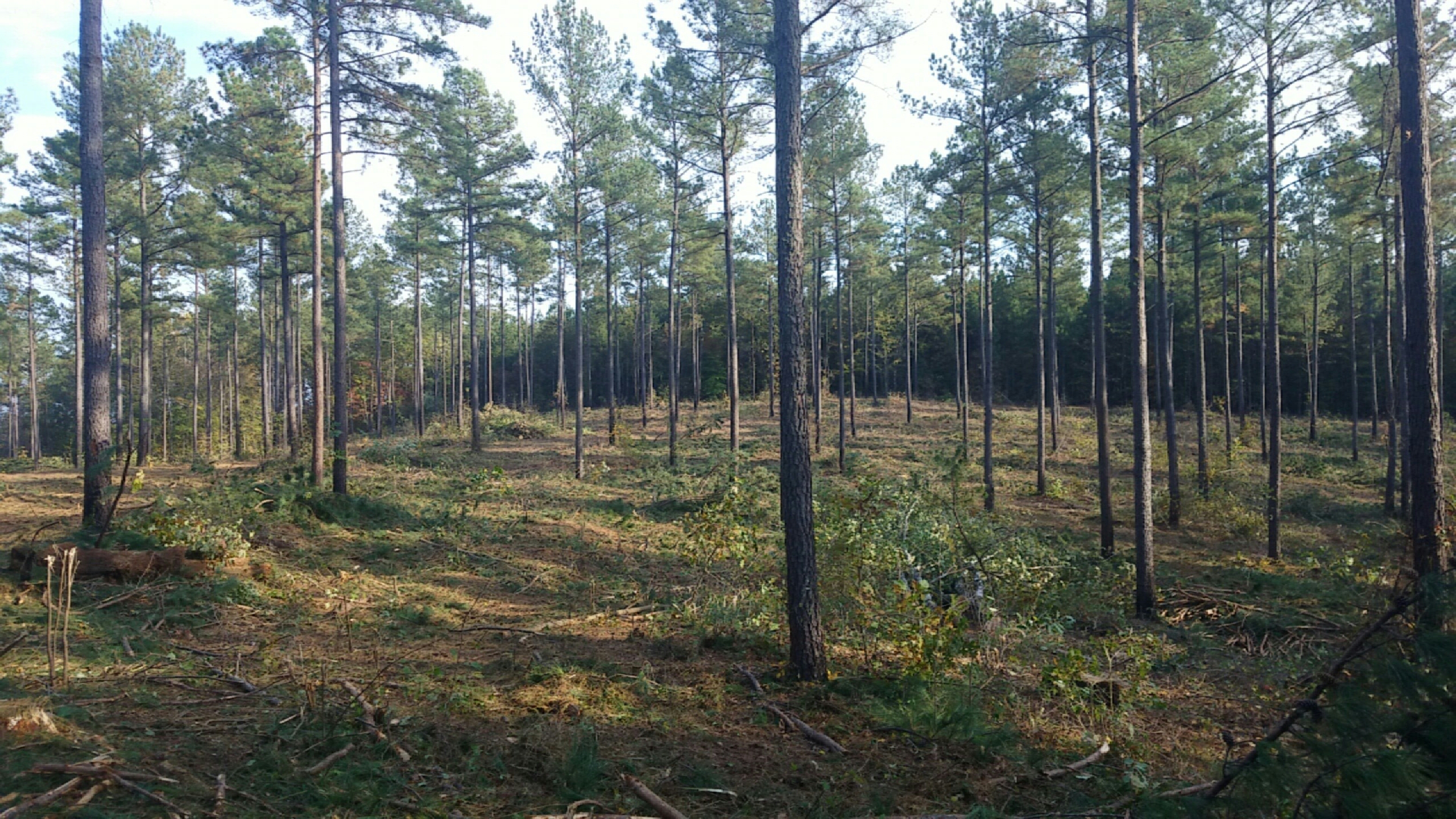
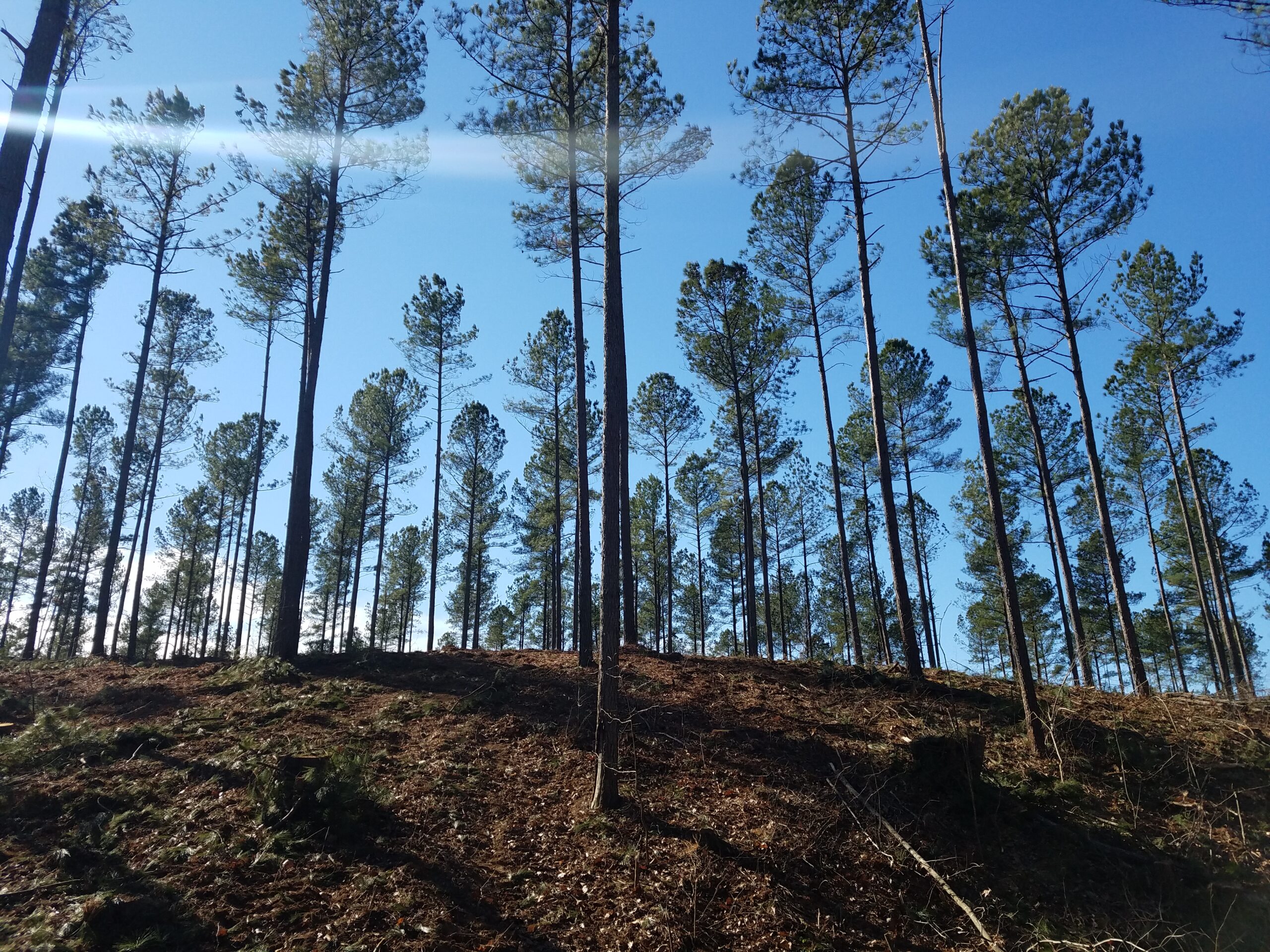
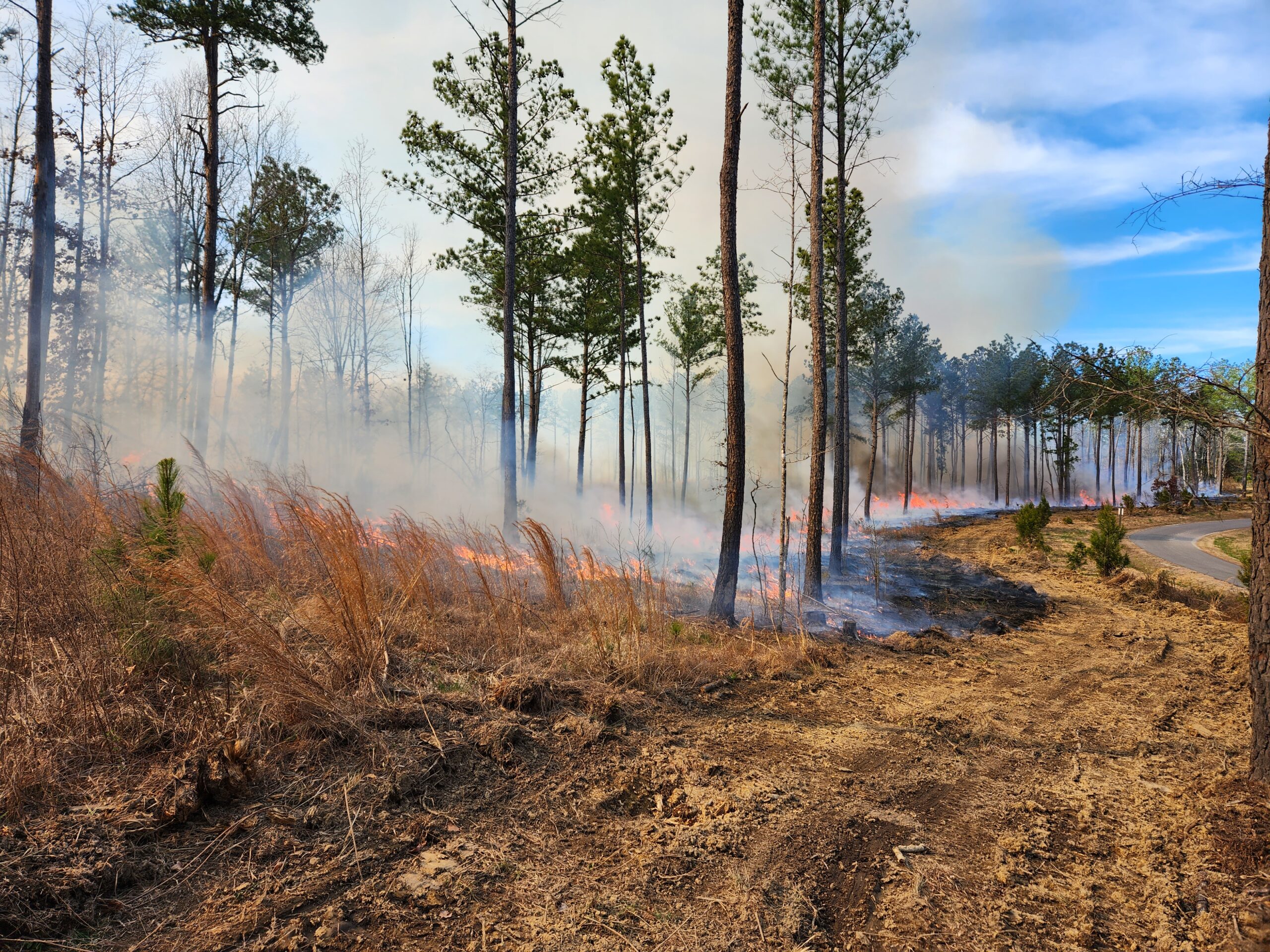
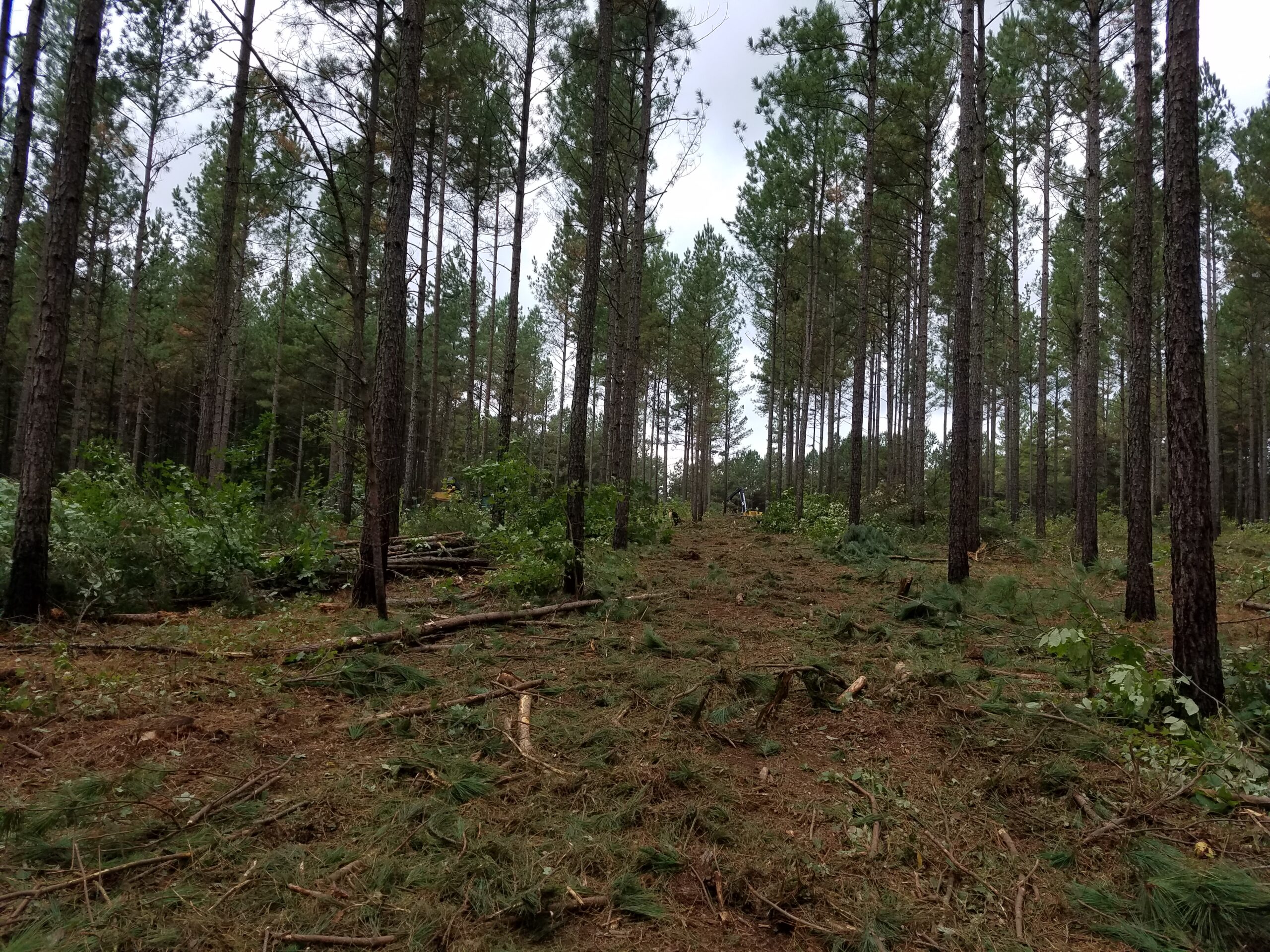
Loblolly Pine Thinning and Management
Thinning loblolly pine stands in North Carolina and Virginia is of great importance due to its numerous ecological, economic, and social benefits. Loblolly pine (Pinus taeda) is a dominant tree species in the southeastern United States, including North Carolina, and plays a significant role in the region’s forestry industry. Thinning, which involves removing some trees to reduce stand density, is a crucial management practice that offers several advantages.
Firstly, thinning promotes the overall health and growth of loblolly pine stands. By reducing competition for resources such as light, water, and nutrients, thinning allows the remaining trees to receive a greater share of these essential elements. As a result, the remaining trees experience improved crown development, enhanced diameter and height growth, and increased resistance to pests and diseases. Thinning also reduces the risk of stand stagnation, where overcrowded trees become stunted and vulnerable to stress factors.
Secondly, thinning loblolly pine stands helps maintain forest biodiversity and ecological balance. Dense, unmanaged stands can limit the diversity and abundance of understory plants, affecting wildlife habitat and reducing overall ecosystem resilience. Thinning provides opportunities for sunlight to penetrate the forest floor, encouraging the growth of diverse plant species and creating habitats for various wildlife. This promotes ecological interactions, such as pollination and seed dispersal, and supports the survival of numerous plant and animal species.
Thirdly, thinning operations contribute to the economic vitality of North Carolina’s forestry sector. Loblolly pine is a valuable timber species used extensively in construction, furniture production, and pulp and paper manufacturing. By selectively removing trees of lower quality or less desirable form, thinning improves the overall quality of the remaining timber, increasing its value. Additionally, thinning can create openings in the forest canopy that facilitate the establishment and growth of other economically valuable tree species, such as hardwoods.
Lastly, thinning loblolly pine stands can have social benefits for local communities. Sustainable forest management practices, including thinning, support the long-term availability of forest resources, ensuring a stable supply of timber products, and associated employment opportunities. Additionally, well-managed forests provide recreational opportunities such as hiking, hunting, and birdwatching, contributing to the quality of life for residents and attracting visitors.
In conclusion, thinning loblolly pine stands in North Carolina is essential for promoting forest health, maintaining biodiversity, supporting the economy, and benefiting local communities. By implementing sound thinning practices, landowners and foresters can optimize the ecological and economic potential of loblolly pine forests while ensuring the long-term sustainability of this valuable resource.
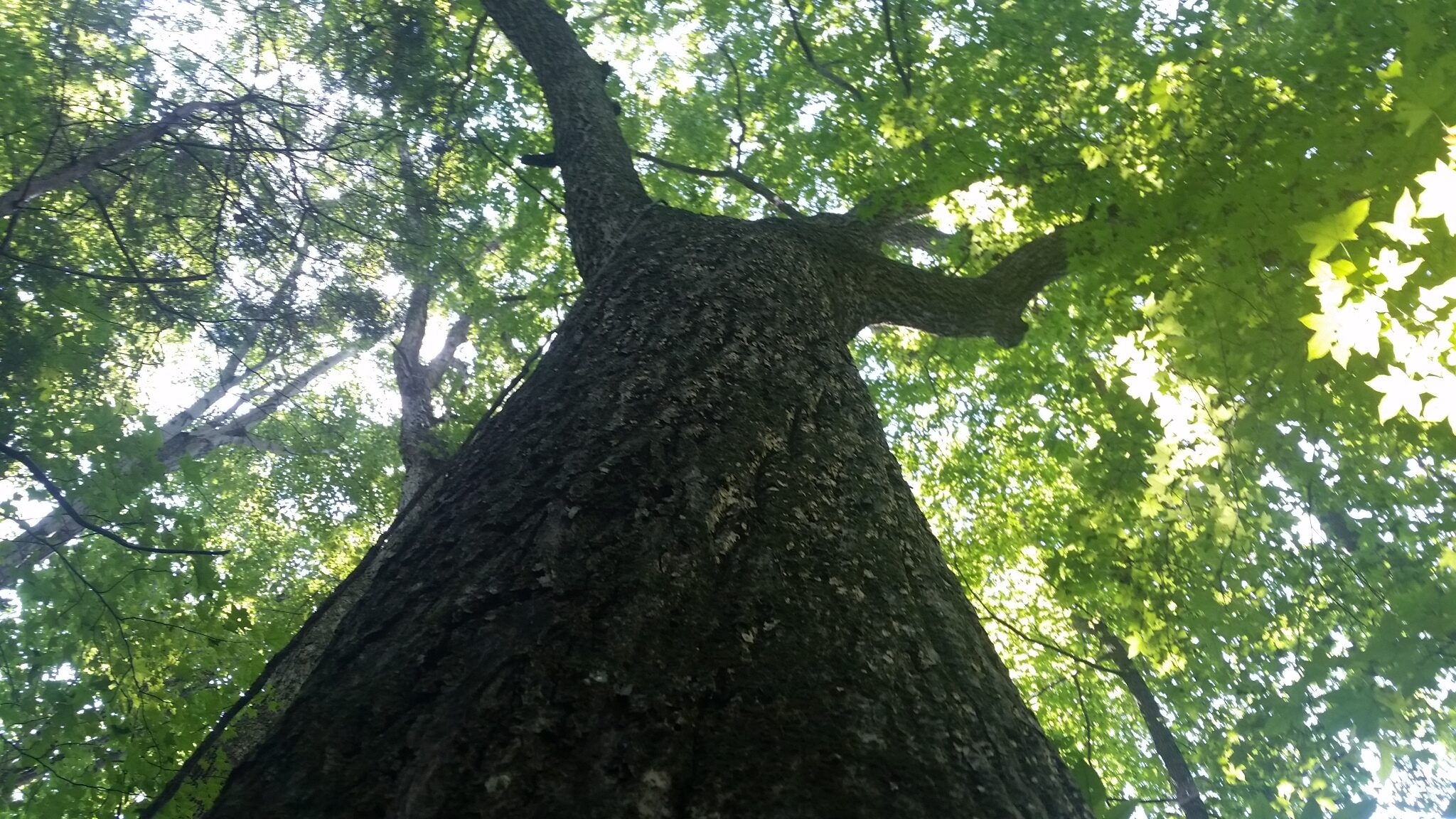

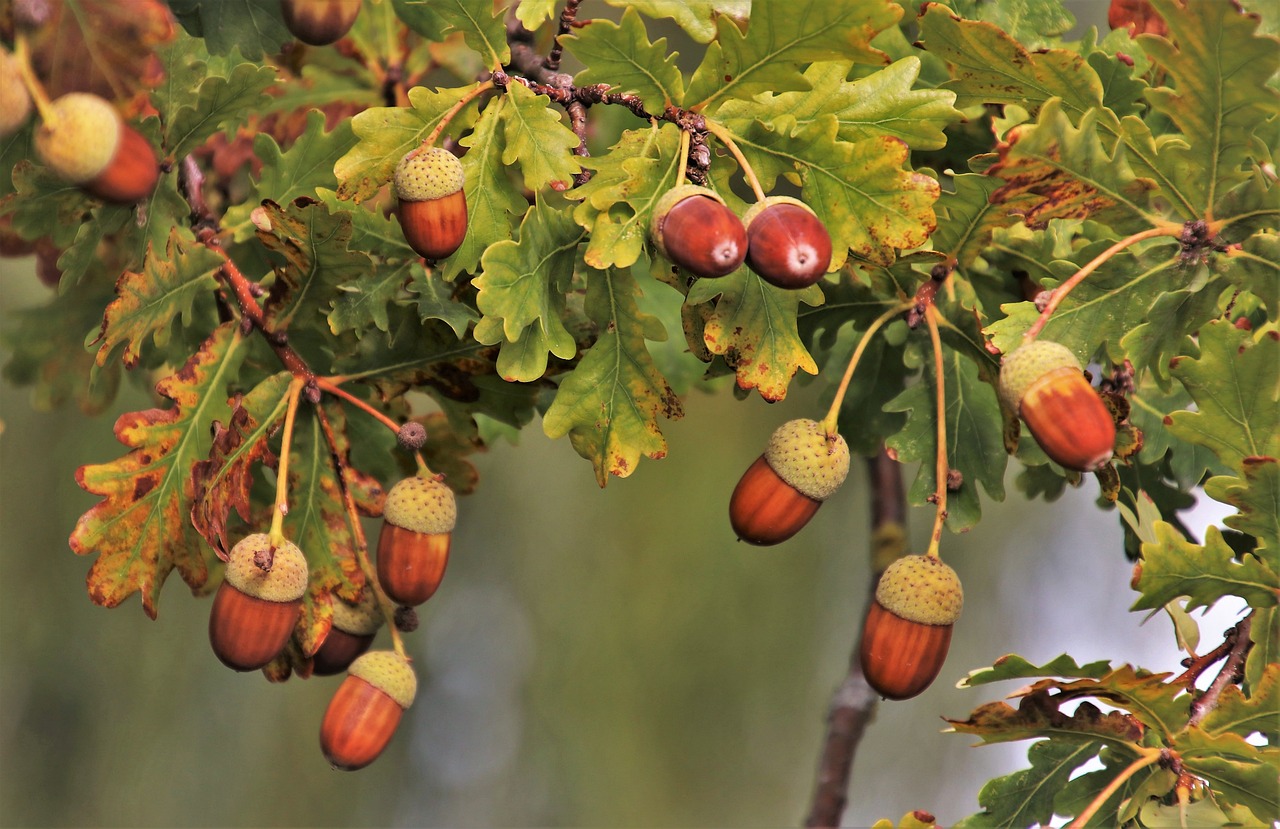
Hardwood Timber Management
In North Carolina and Virginia, hardwood timber management involves various methods aimed at ensuring the sustainable and responsible utilization of hardwood forests. These methods focus on maintaining forest health, maximizing timber yield, and conserving biodiversity. Here are some key hardwood timber management practices commonly employed in North Carolina:
Regeneration: To maintain a continuous supply of hardwood timber, methods such as clearcutting, shelterwood, and seed tree harvesting are used. These practices involve removing mature trees in a planned manner to create space for new seedlings to establish and grow.
Thinning: Thinning involves selectively removing some trees from a stand to enhance the growth and vigor of the remaining trees. This practice improves the overall health of the forest and promotes the development of high-quality timber.
Uneven-Aged Management: North Carolina forests often incorporate uneven-aged management approaches, which involve harvesting trees of different ages and sizes to create diverse forest structures. This method supports a range of species and habitats, benefiting both timber production and biodiversity.
Wildlife Habitat Management: Hardwood timber management in North Carolina recognizes the importance of wildlife conservation. Practices such as leaving snags and downed logs, creating small openings or clearings, and establishing wildlife corridors are implemented to enhance habitat diversity and support a wide array of wildlife species.
Best Management Practices (BMPs): BMPs are guidelines developed to minimize soil erosion, protect water quality, and maintain forest health during timber operations. These practices include constructing water bars, utilizing streamside management zones, and practicing proper logging road construction to reduce environmental impacts.
Forest Certification: Many timberland owners in North Carolina pursue forest certification programs, such as the Sustainable Forestry Initiative (SFI) or the Forest Stewardship Council (FSC). These certifications ensure that timber management practices adhere to recognized sustainability standards and promote responsible forest management.
Overall, hardwood timber management in North Carolina prioritizes sustainable practices that balance timber production with conservation objectives. By implementing these methods, the state aims to maintain healthy forests, preserve biodiversity, and sustain the long-term viability of the hardwood timber industry.

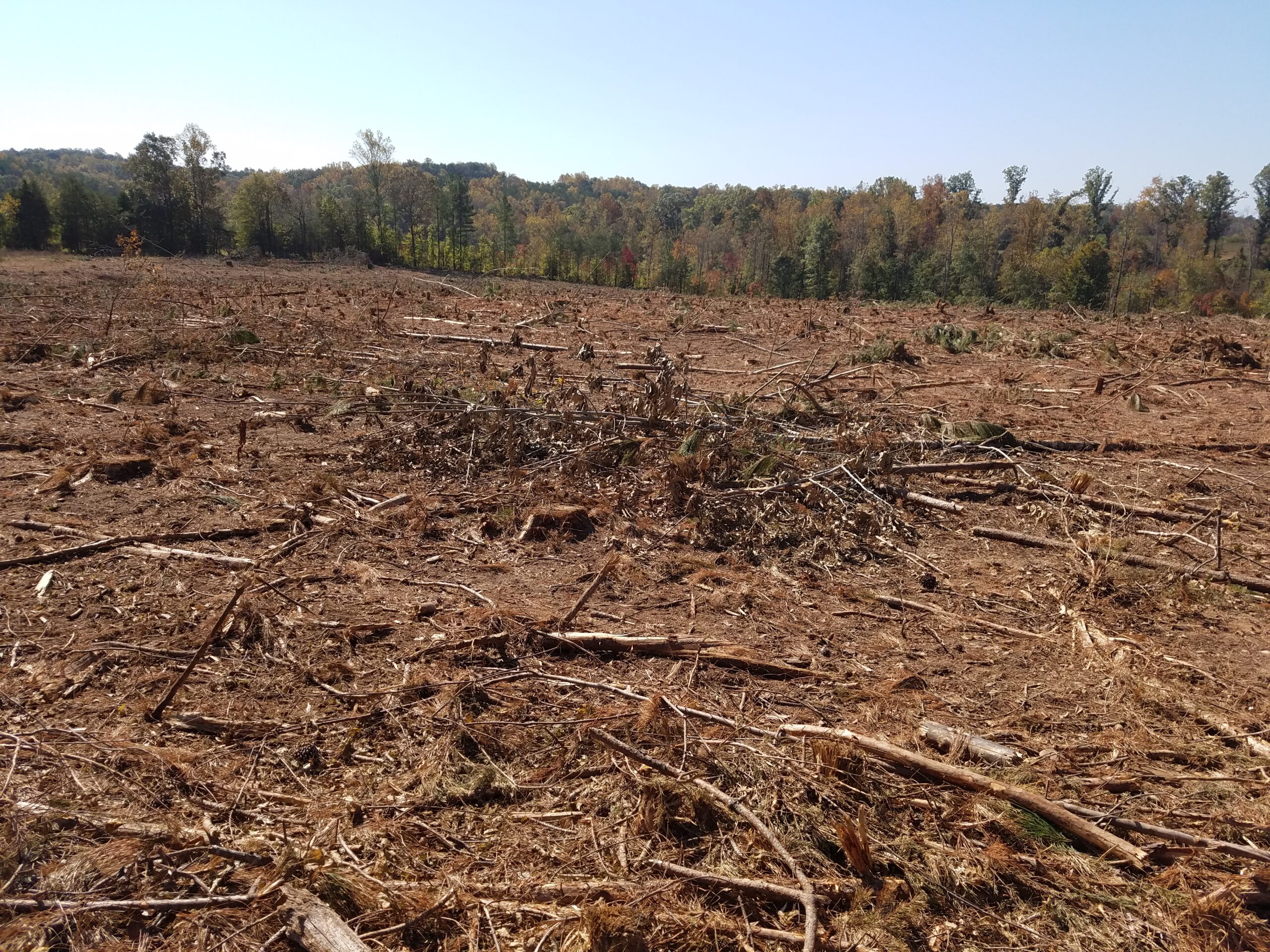
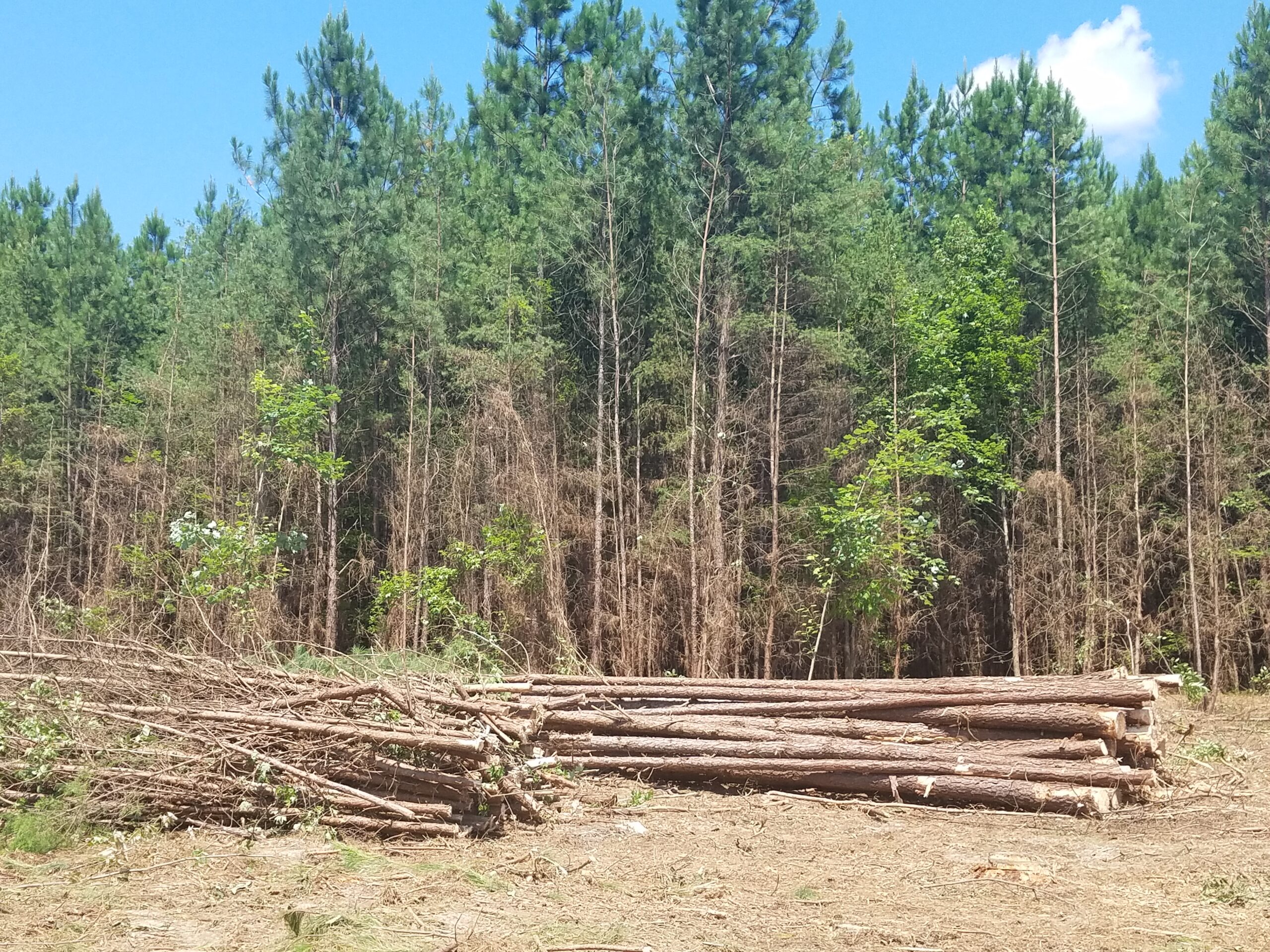
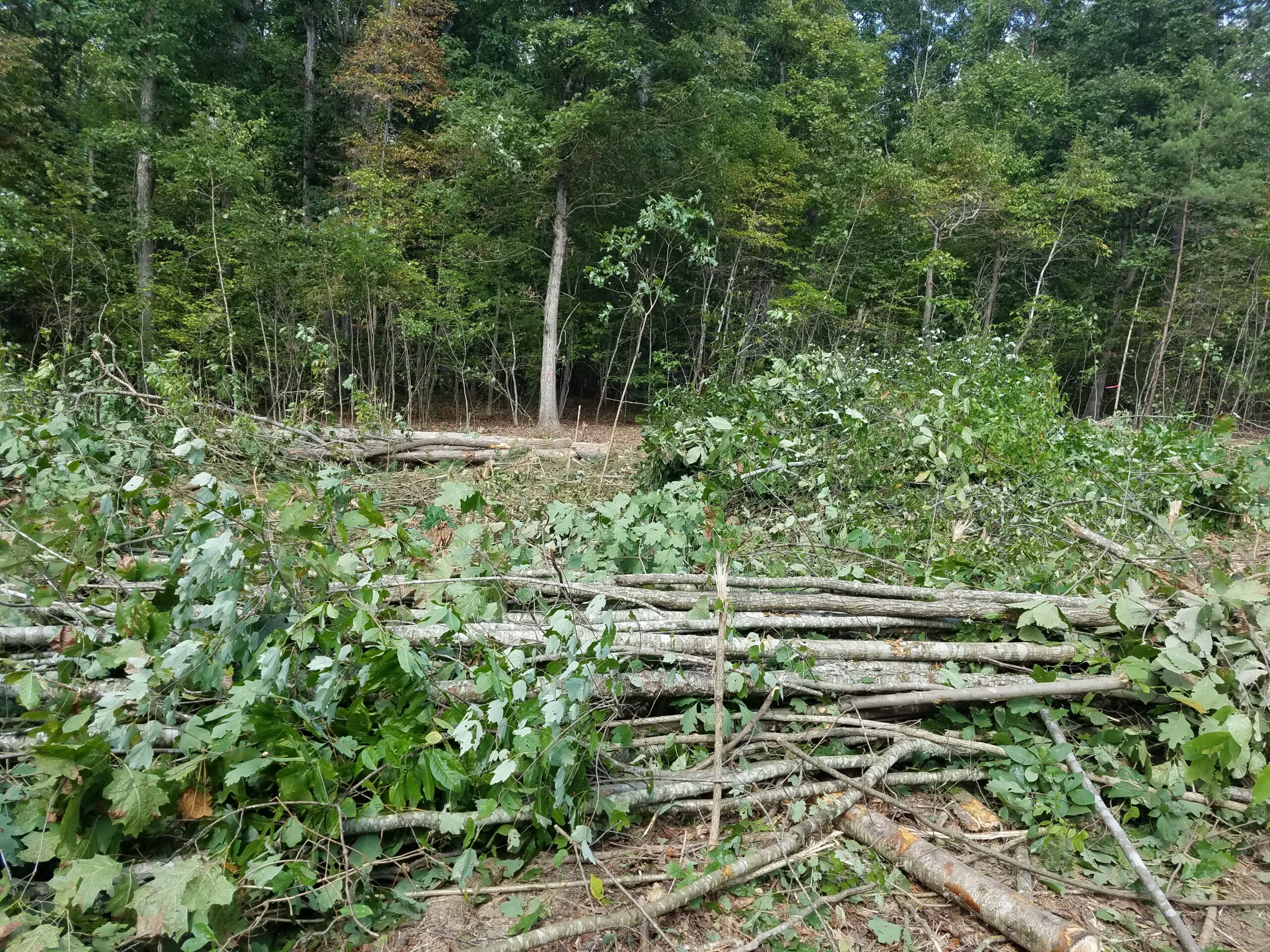
Chipping and Forest Renovation
Wood chips and logging are of great importance in the production of biofuels, benefiting landowners and others in various ways. Biofuels derived from wood chips offer a renewable and sustainable alternative to fossil fuels, reducing greenhouse gas emissions and addressing climate change. Let’s delve into the significance of wood chips and logging in biofuel production for landowners and others.
For landowners, the utilization of wood chips and logging for biofuels presents several advantages. One notable benefit is the ability to clean up undesirable tracts of timber. Landowners often have areas of their property with lower-value or low-quality trees that may not have significant commercial use. By harvesting and utilizing these trees as wood chips for biofuel production, landowners can clean up such areas, allowing for the regeneration of more desirable and valuable timber stands. This improves the overall health and productivity of their forests.
Furthermore, biofuel production through logging creates opportunities for cleaner logging jobs. As the demand for wood chips increases, logging operations can adopt more sustainable and environmentally friendly practices. This includes employing techniques like low-impact logging, where measures are taken to minimize soil disturbance, protect water quality, and maintain the integrity of the forest ecosystem. By focusing on responsible logging practices, landowners can ensure that their operations have a reduced impact on the environment, preserving biodiversity and ecosystem services.
From an environmental perspective, biofuels derived from wood chips offer significant benefits. They are considered carbon-neutral since the carbon dioxide released during combustion is balanced by the carbon absorbed during tree growth. This helps reduce greenhouse gas emissions, mitigating climate change and enhancing air quality. Additionally, utilizing wood chips for biofuel production reduces reliance on finite fossil fuel resources, promoting energy security and independence.
The use of wood chips as biofuel feedstock also contributes to sustainable forest management. By selectively harvesting trees for biofuels, landowners can encourage the growth of healthier and more productive forests. Additionally, responsible logging practices, such as reforestation and afforestation, can be implemented to restore and expand forested areas, further enhancing biodiversity and ecosystem resilience.
In conclusion, wood chips and logging play a critical role in biofuel production, offering numerous benefits for landowners and society. Beyond their environmental advantages, such as carbon neutrality and reduced reliance on fossil fuels, they provide opportunities for landowners to clean up undesirable timber tracts and promote sustainable logging practices. Encouraging the utilization of wood chips as a renewable feedstock for biofuels supports responsible forestry management, environmental conservation, and a transition to a cleaner and more sustainable energy future.
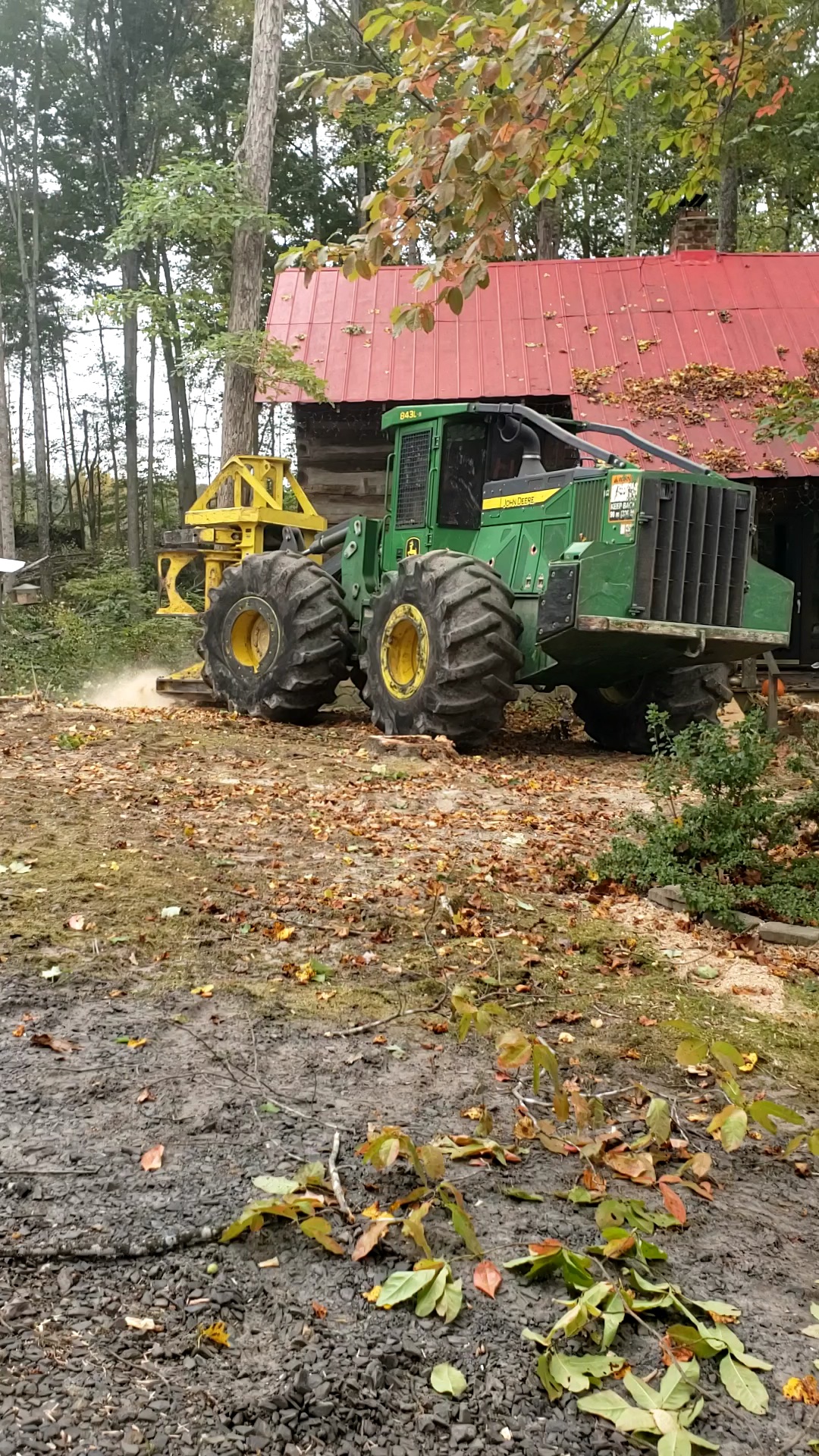
Select Harvest and Real Estate Investment Harvest
Select logging harvests that strategically leave trees on development land for houses can offer several benefits and help increase revenue. Here are some key advantages:
Environmental Sustainability: By preserving a portion of the forested area during logging operations, the overall ecological balance is maintained. Trees play a crucial role in reducing carbon dioxide levels, mitigating climate change, and supporting biodiversity. This approach allows for sustainable development while safeguarding the environment.
Aesthetic Appeal: Leaving trees on development land adds to the visual appeal of the housing project. Mature trees provide shade, create a welcoming atmosphere, and enhance the overall beauty of the neighborhood. This can attract potential homebuyers, increasing demand and, subsequently, revenue.
Enhanced Property Value: Trees offer numerous benefits for homeowners. They provide natural shade, reduce energy costs, and improve air quality. Properties with well-maintained trees are often perceived as more valuable, leading to higher property prices. This increase in value can contribute significantly to revenue generation for developers.
Community Well-being: Preserving trees on development land promotes a healthier and more sustainable community. Trees improve air quality, reduce noise pollution, and contribute to residents’ physical and mental well-being. These positive community attributes can attract potential buyers, making the housing project more marketable and financially rewarding.
Regulatory Compliance: Many regions have regulations or guidelines that require developers to retain a certain amount of green space during construction. By incorporating select logging practices and leaving trees intact, developers can fulfill these requirements, avoiding potential fines or delays in project completion.
Marketing Differentiation: In today’s environmentally conscious society, consumers are increasingly drawn to eco-friendly and sustainable practices. Developers who implement selective logging and prioritize tree conservation can effectively differentiate their projects from competitors. This unique selling point can attract environmentally conscious homebuyers and potentially command premium prices, thereby increasing revenue.
In conclusion, selectively logging harvests and leaving trees on development land for houses offers numerous benefits. It supports environmental sustainability, enhances property value, improves community well-being, ensures regulatory compliance, and provides a marketing advantage. By considering these advantages, developers can maximize revenue while maintaining a responsible and sustainable approach to construction.
